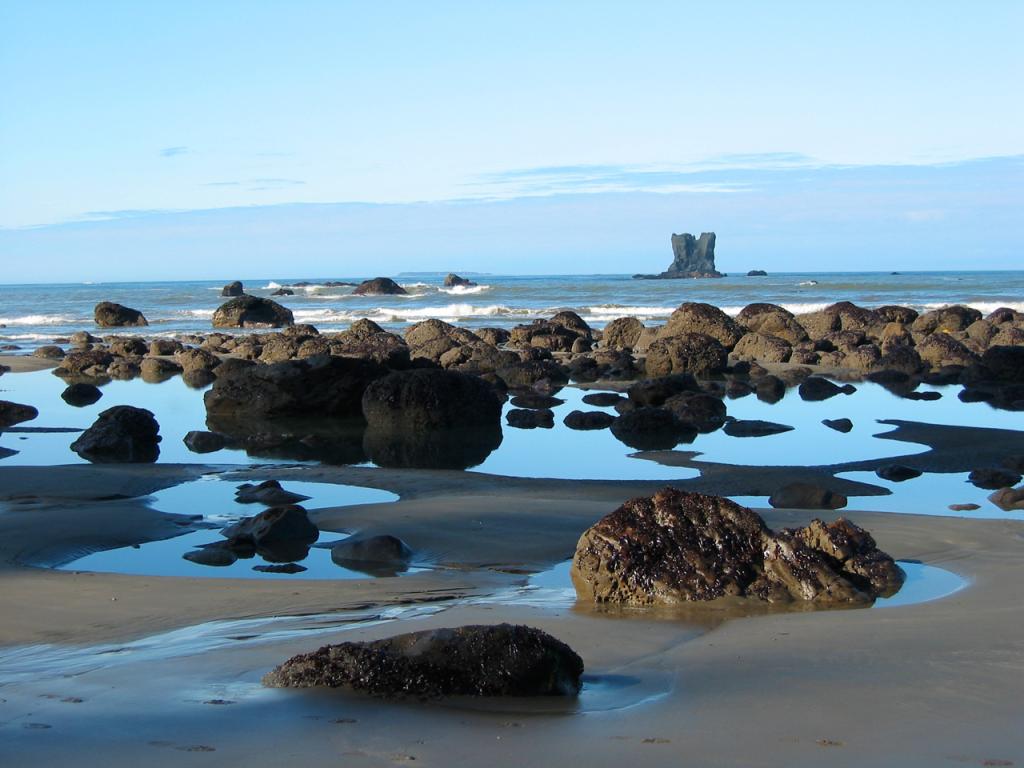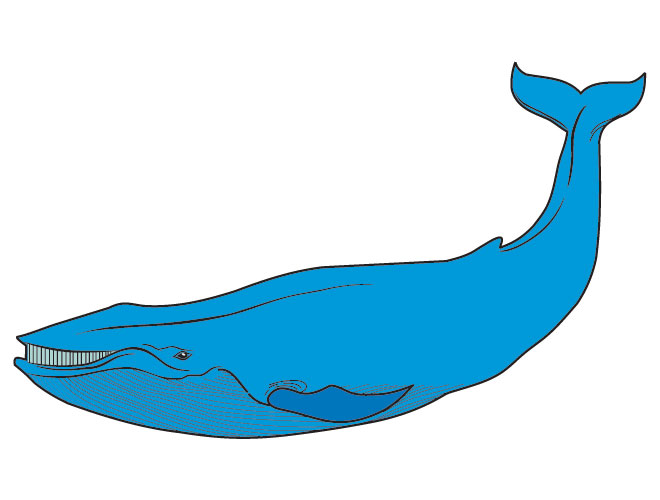Let’s see how closely you know your marine doom-and-gloom: Just how much plastic can be found in the oceans?
A) A lot.
B) A whole helluva lot.
C) Both A and B.
D) All of the above.
While those answers are all FINE, now we can get a little more specific thanks to a study by the 5 Gyres institute. After spending six years sampling the seas, scientists can say that there are AT LEAST of 5.25 trillion pieces of plastic floating on out there. That adds up to about 269,000 TONS of the stuff. Most of that comes from discarded fishing gear — nets and other large debris — but a not-insignificant chunk comes from less auspicious sources, including microbeads in cosmetic products (WHYYY, cosmetic products???).
This was actually less plastic than the researchers expected to find at the surface. They suspect the missing plastic is likely being eaten by organisms, or otherwise mulched by the gyres, and sinking deeper into the oceans. (That probably isn’t a good thing, since microplastics may introduce unknown pollutants into the ecosystems we rely on for food.)
But it’s still a LOT! If you can’t wrap your head around just how much plastic that really is, CityLab helpfully drew a comparison to this non-plastic thing you might find in the ocean: An adult blue whale.
This big guy weighs between 100 and 150 tons. Which means THIS is how many whales’ worth of plastic are floating around out there:
That’s 2,150 whales. You’re welcome. (And sorry, oceans.)





